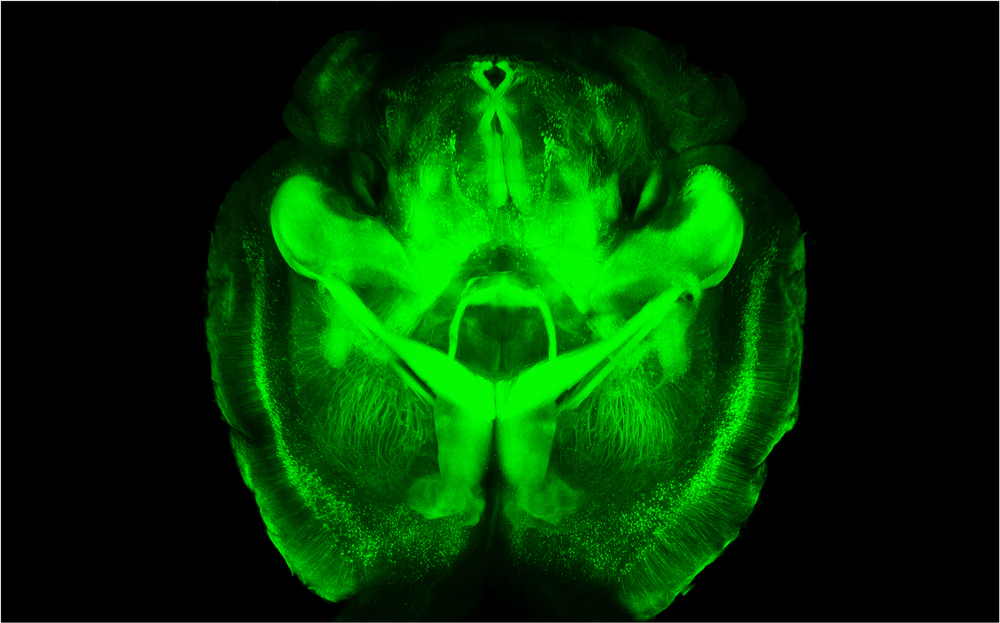Stanford Creates A Transparent Brain. Analyse The Mind Like Never Before

Combining neuroscience and chemical engineering, researchers at Stanford University have developed a process to render entire brains transparent - allow researchers to analyse grey matter to a level of detail never seen before.
The blockbuster project, known as CLARITY, stands to fundamentally change our scientific understanding of the most-important-but-least-understood of organs, the brain - the human genome, which scientists have spent the last decade trying to map. With this new era of whole-organ imaging, which was described today in the journal Nature, the team hope to understand processes like learning, and treat ailments such as Alzheimer's disease and epilepsy.
"Studying intact systems with this sort of molecular resolution and global scope — to be able to see the fine detail and the big picture at the same time — has been a major unmet goal in biology, and a goal that CLARITY begins to address," said team leader Karl Deisseroth, MD, PhD.
"This feat of chemical engineering promises to transform the way we study the brain's anatomy and how disease changes it," said Thomas Insel, MD, director of the National Institute of Mental Health. "No longer will the in-depth study of our most important three-dimensional organ be constrained by two-dimensional methods."
Currently, research into the brain is conducted using post-mortem brain samples to gain useful information. While some data is gained, they are unable to utilise it to its full potential because of lipids, fatty molecules that help the brain maintain it's structure; but prevent us getting a closer look on a molecular level. To try and stop this, scientists slice the brain into thin layers; but this thwarts their research efforts in the opposite direction, stopping them from understanding the "big picture" of how the brain's neurons interact.
CLARITY fixes this, and presents a possible paradigm shift in neuroscientific research. In preserving the full continuity of neuronal structures, it not only allows tracing of individual neural connections over long distances through the brain, but also provides a way to gather rich, molecular information describing a cell's function is that is not possible with other methods.
"CLARITY promises to revolutionize our understanding of how local and global changes in brain structure and activity translate into behavior," said Paul Frankland, PhD, a senior scientist in neurosciences and mental health at the Hospital for Sick Children Research Institute in Toronto, who was not involved in the research. Frankland's colleague, senior scientist Sheena Josselyn, PhD, added that the process could turn the brain from "a mysterious black box" into something essentially transparent.
We look forward to gaining "clarity" on the deepest inner workings of the human mind (pun intended.
Source: Stanford

